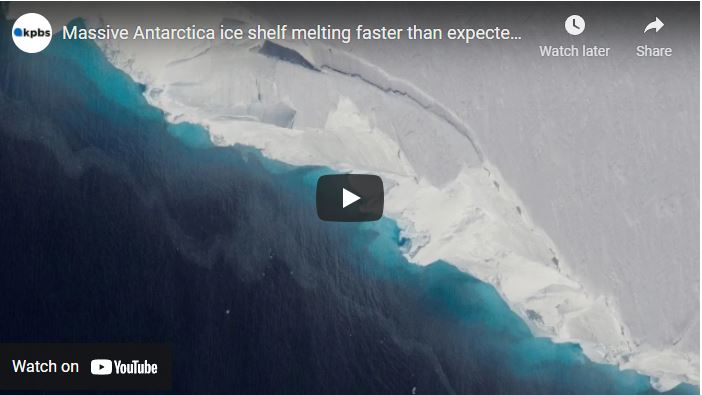
Missed out on the newsletter via email? Sign up here!
Ernest Shackleton’s Ship Found in Antarctica
The recent discovery of Sir Ernest Shackleton’s ship Endurance has revived the explorer’s epic tale of Antarctic survival for younger generations today. After trying to reach the South Pole, Shackleton and crew abandoned the ship after it was trapped and crushed by ice and sank in 1915. Exactly 100 years after Shackleton’s funeral, the long-sought wreck of Endurance was found on March 5, 2022. At nearly a depth of 10,000 feet in the Weddell Sea, the expedition team searching for Endurance aboard the ice-breaking vessel S.A. Agulhas II found it in remarkable conditions.
Sink your teeth into the discovery – learn more about the state-of-the-art hybrid autonomous underwater vehicles used to search, the expedition team, and stunning photos at https://endurance22.org/the-expedition.
COMING SOON – Arctic Mosaic Update
The results from our annual survey last year conveyed needs for more frequent updates to our Imagery Viewers. Our team updated high priority areas for the Antarctic Viewer in December 2021 and since then have been working on the Arctic version.
The new 50cm Arctic imagery mosaics will be completed later this spring and cover Alaska, Baffin Island (Canada), coastal Greenland, Iceland, and Svalbard (Norway). Our team has spent hundreds of hours of manual quality assessment and processing thus far. We will announce when the updates go live via newsletter, website, and social media. Stay tuned!
Did You Know?
Aerial Photography at PGC

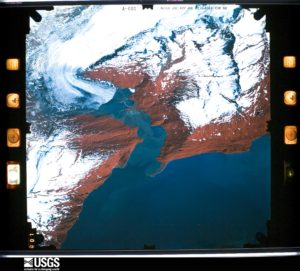
PGC offers historical USGS aerial photography of Antarctica and Alaska that provide valuable insights. Our archive of high resolution satellite imagery from Maxar cannot temporally compete, dating no earlier than 1999 but the majority of the archive started consistently collecting over the polar regions after PGC’s inception in 2007.
The Antarctic aerial collection dates between 1946 to 2000. Access the data via our Antarctic Map Viewer or browse the server.
The Alaska aerial collection (above) dates between 1978 to 1986. Access the data via our Alaska Map Viewer or browse the server.
Shapefiles of flightlines and photocenters and more information are readily available on our website: https://www.pgc.umn.edu/data/aerial/.
PGC Conference Connections
Current and former PGC users including Vera Kuklina and Andrey Petrov presented at the conference and were able to exchange with PGCers, an especially benefit for an upcoming PGC Story Map initiative highlighting Kuklina’s research. The program was a great introduction for PGC in understanding issues and realities facing Indigenous communities and aligned with our outreach goals aiming to connect with Native Americans, tribal colleges, and minority-serving institutions.
PGC Support VignettePGC products and services enable scientists and logistic operations from varying disciplines to discover new insights into the polar regions. Here is a highlight of our user’s success: Jamin Greenbaum, PGC user and assistant researcher at Scripps Polar Center is leading efforts to deploy airborne sensors over ice shelves around Antarctica. Greenbaum and team are interested in the quantity and rate of melting, roles of subglacial freshwater discharge, and understanding how this translates to sea level rise predictions. A considerable assortment of data is needed that does not yet exist including: profiles of ocean temperatures, salinity, velocity, and bathymetry. PGC has provided the team with high-resolution satellite imagery to aid in visually interpreting deployment sites’ surfaces and characteristics, as well as situational awareness for logistics purposes.
Read more in the news article here .
Check out the video clip featuring their research below.
Check out the original PGC Newsletter post here. |

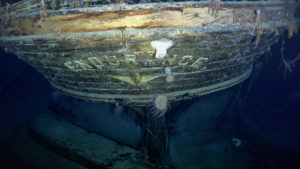
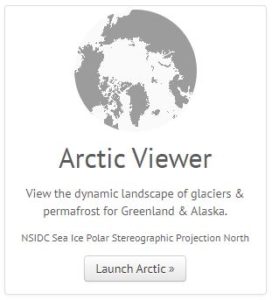
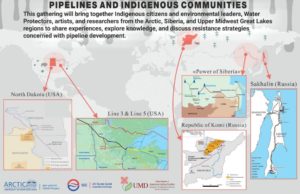 Earlier this month, PGC staff and students attended (in-person and virtually)
Earlier this month, PGC staff and students attended (in-person and virtually) 